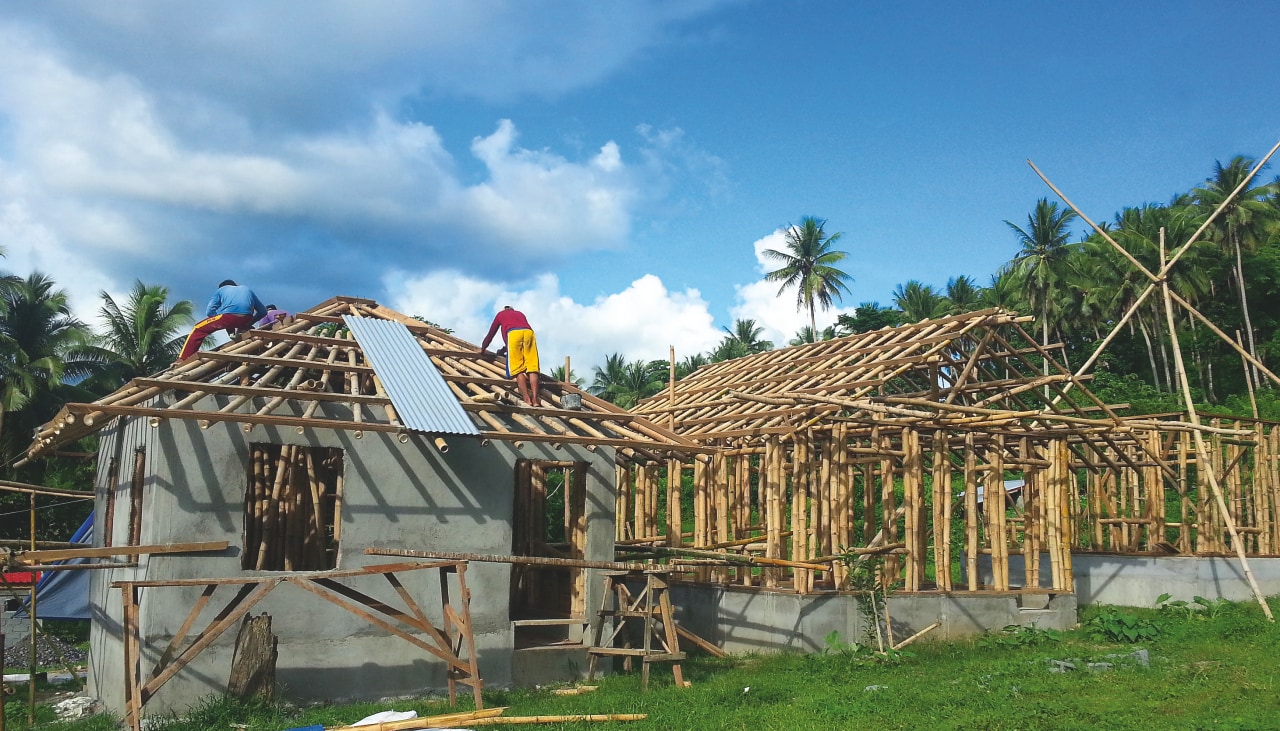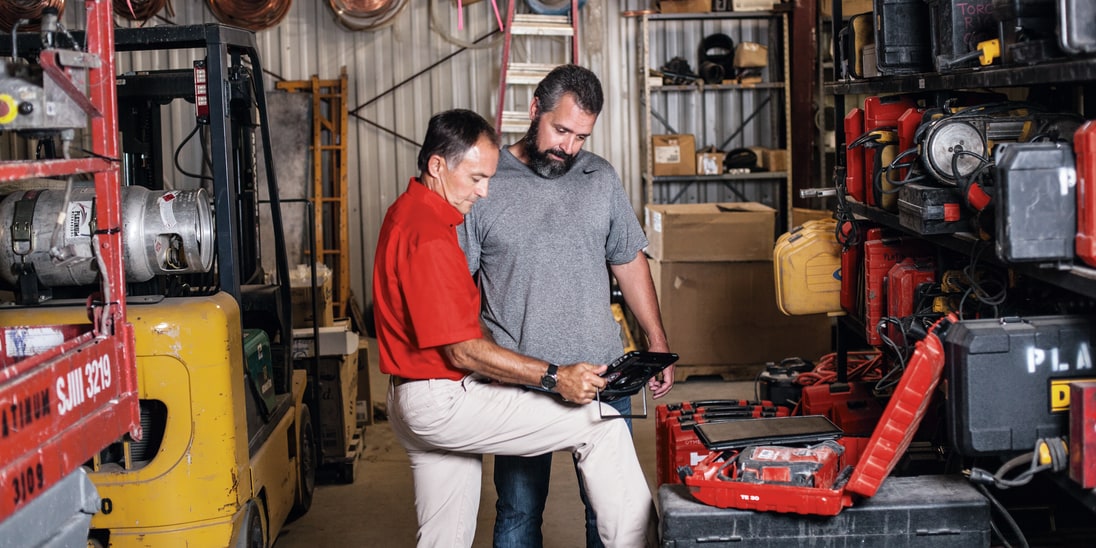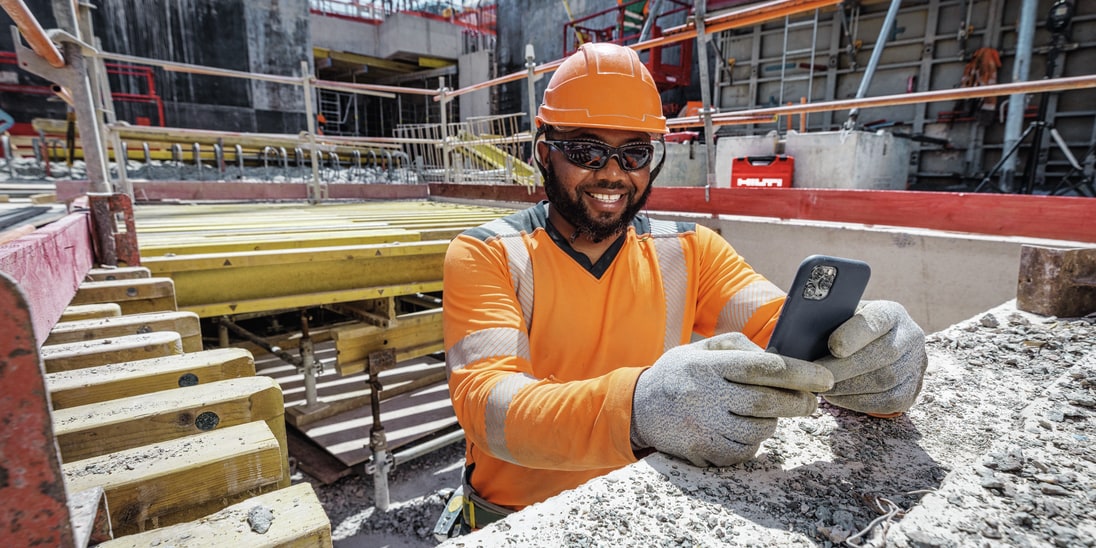- Home
- Company
- Newsroom
- Hilti Stories
- Affordable Housing with Bamboo Technology

Affordable Housing with Bamboo Technology
The Hilti Foundation’s Cement Bamboo Frame Technology has transformed bamboo into a disaster-resilient resource
Written by Olga Zharkova | November 30, 2022
For over 5,000 years, bamboo has been used by many countries as a cheap and easily accessible building material. From China and Indonesia to Colombia and Chile this fast growing and unpretentious resource has been used to construct affordable shelters in areas prone to natural hazards.
Particularly in the Philippines, the traditional form of housing is the nipa hut. This is a compact structure with walls made from split bamboo stalks that are woven together, and supporting bamboo poles that elevate the whole structure off the ground.
However, pure bamboo construction isn’t durable enough to withstand the typhoons and storms that frequent such regions. The challenge of rectifying this was accepted by Hilti engineers.
Werner Wallner
CEO of the Hilti Foundation

The result emerged as a unique system that allows the building of stronger houses in a shorter period of time.
The Hilti Foundation’s disaster-resilient Cement Bamboo Frame Technology (CBFT) has transformed bamboo from a low-tech raw material to a high-tech building resource for safe and sustainable construction.
This technology consists of a prefabricated and sustainable frame system made of treated, load-bearing bamboo with metal connections and mortar-cement plaster. CBFT was inspired by the bahareque encementado (wood and soil) building technique from Latin American, combined with bamboo construction traditions from the Philippines, while using the highest standards in structural timber engineering from Europe.
Shelters built with this technology show significant durability and resilience, especially in regions where natural disasters are commonplace. An additional benefit is that bamboo continues to be a highly renewable and low-cost local resource.
The lifetime of these houses is estimated to be 60 years, and they have an environmental impact that is 60% less than that of a conventional concrete house, according to a life cycle analysis conducted in collaboration with ETH Zurich. This correlates to a reduction of nine tons of carbon emissions during this time.
Also tested for its resistance to earthquakes, typhoons, fire and insect infestation, the technology has high potential in tropical countries and hazardous regions. It has claimed a position as part of the sustainable agenda, being a resilient and environment-friendly construction material.
This is particularly important in South and East Asia, the South Pacific as well as in Central and South America, where this resource has always been available and used in buildings and houses.
Since this technology has been deployed, more than 6,000 people have found homes in new disaster resilient CBFT houses in the Philippines and Nepal. This innovation is now widely used in the Hilti Foundation’s Affordable Housing & Technology projects.
The Foundation intends to extend the application of this technology to more communities in the Philippines and other countries, creating safer and more affordable living spaces for people in need.
The Base Bahay Foundation, initiated by the Hilti Foundation, further develops the CBFT and is constantly looking for new partners who want to join the research on bamboo to further develop existing technologies.


